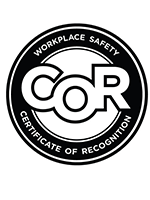Posted: Jun 1
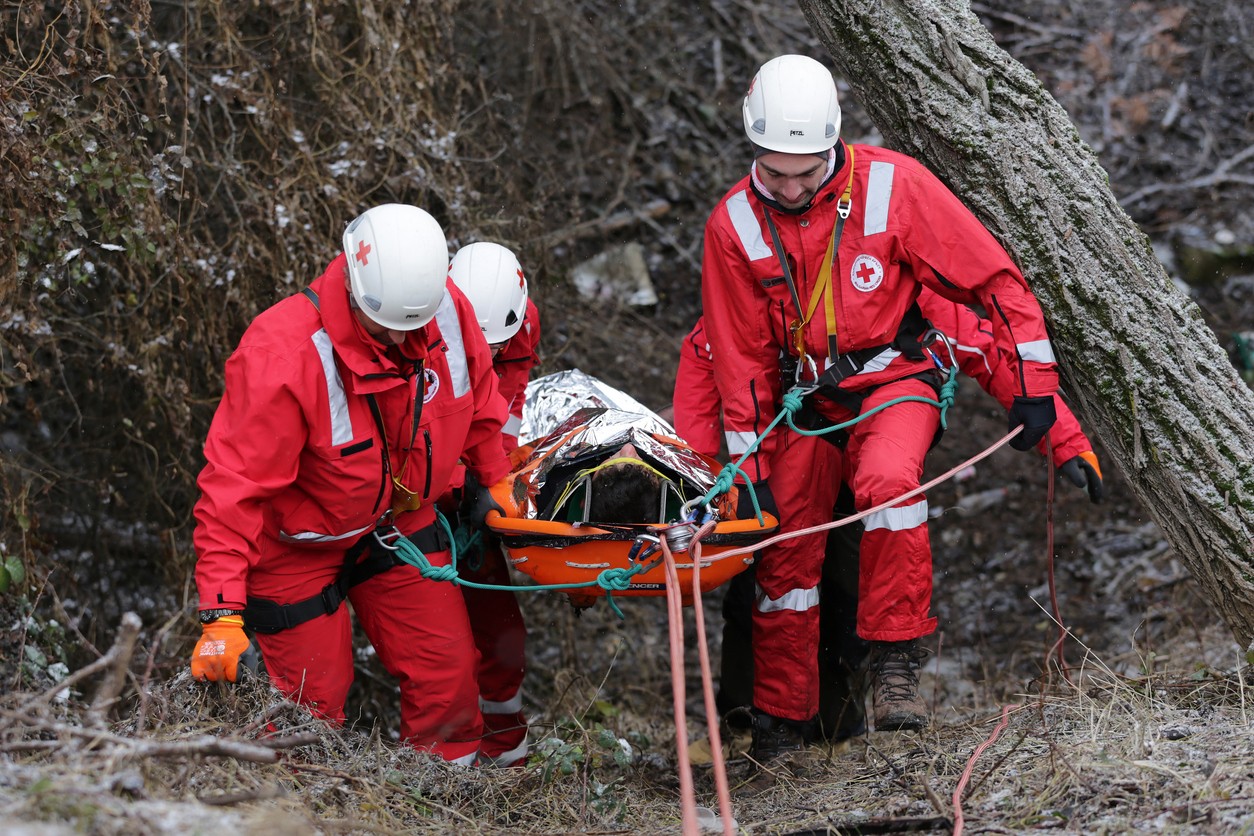
Rope rescue standby services play a critical role in maintaining safety in industries where elevated work, confined spaces, or rugged terrain are everyday realities. However, seasonal changes bring unique challenges that demand adaptability and preparation. From icy winters to scorching summers, the environment shapes the risks and strategies involved in ensuring safety. If you’re looking for expert support for your operations, MI Safety is here to help—get in touch today for tailored solutions!
Winter presents some of the most demanding conditions for rope rescue standby services. Icy surfaces increase the likelihood of slips and falls, posing a hazard not just to workers but also to rescue teams. Snow accumulation and low visibility add to the complexity, making navigation and rescue efforts slower and more hazardous.
Cold stress is another winter-specific risk that impacts both workers and rescuers. Prolonged exposure to freezing temperatures can lead to frostbite, hypothermia, and reduced manual dexterity. These risks necessitate comprehensive cold-weather training, thermal protective gear, and contingency plans for prolonged exposure scenarios.
Industries like ski resorts and forestry rely heavily on rope rescue standby services during this season. Their teams must be equipped to manage high-altitude rescues and address risks unique to snow sports and mountainous terrains. Custom protocols are often designed to handle these challenges effectively.
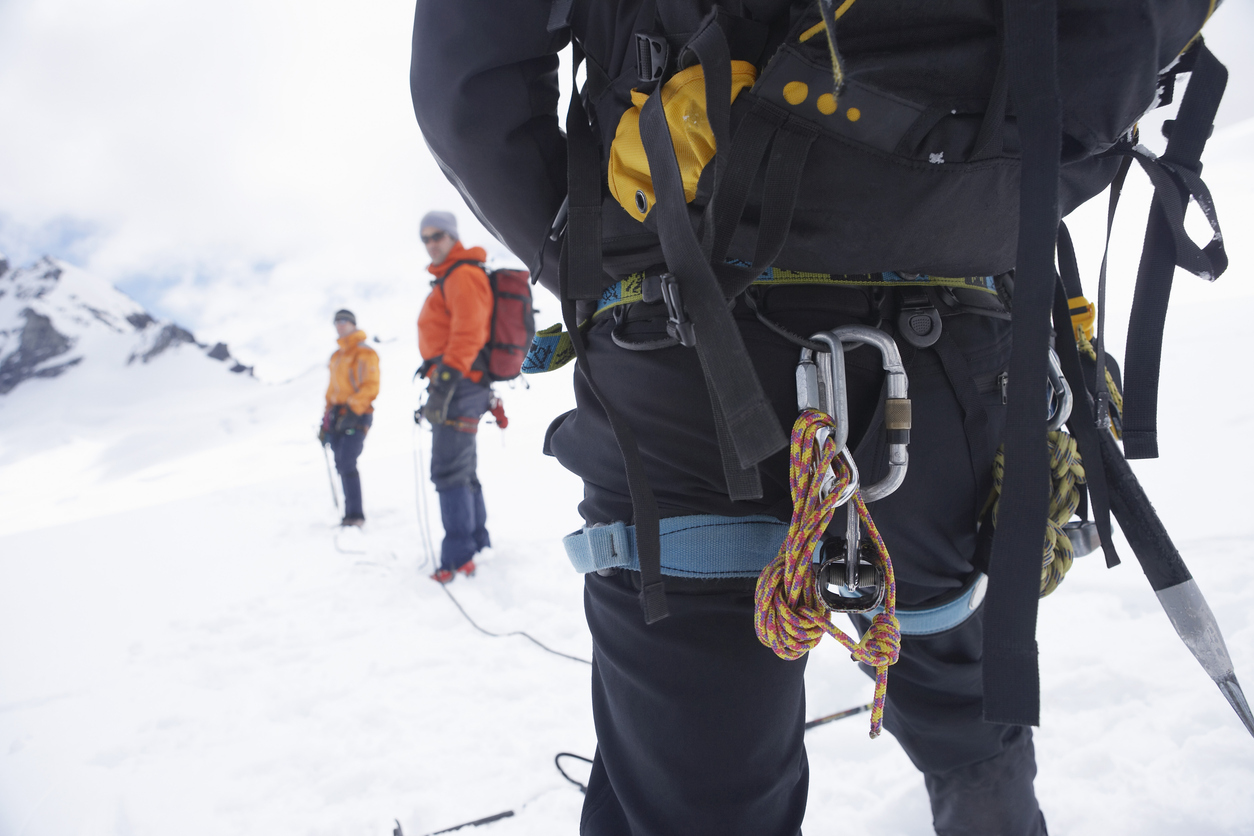
Hot weather introduces a different set of hazards for rope rescue standby services. Heat stress and dehydration can compromise the
effectiveness of both workers and rescuers. Equipment stored outdoors may also suffer from heat-related issues, such as weakened ropes or
damaged harnesses. Industries like construction, which peak in activity during summer, require standby services to implement strategies for
managing heat-related risks. This includes ensuring hydration stations, incorporating heat-resistant equipment, and adjusting rescue
protocols to accommodate the slower pace necessitated by high temperatures. Another summer challenge comes from the increased frequency of
wildfires in certain regions. Rope rescue teams must prepare for smoke exposure, high temperatures, and the need for rapid evacuation
strategies in fire-prone areas.
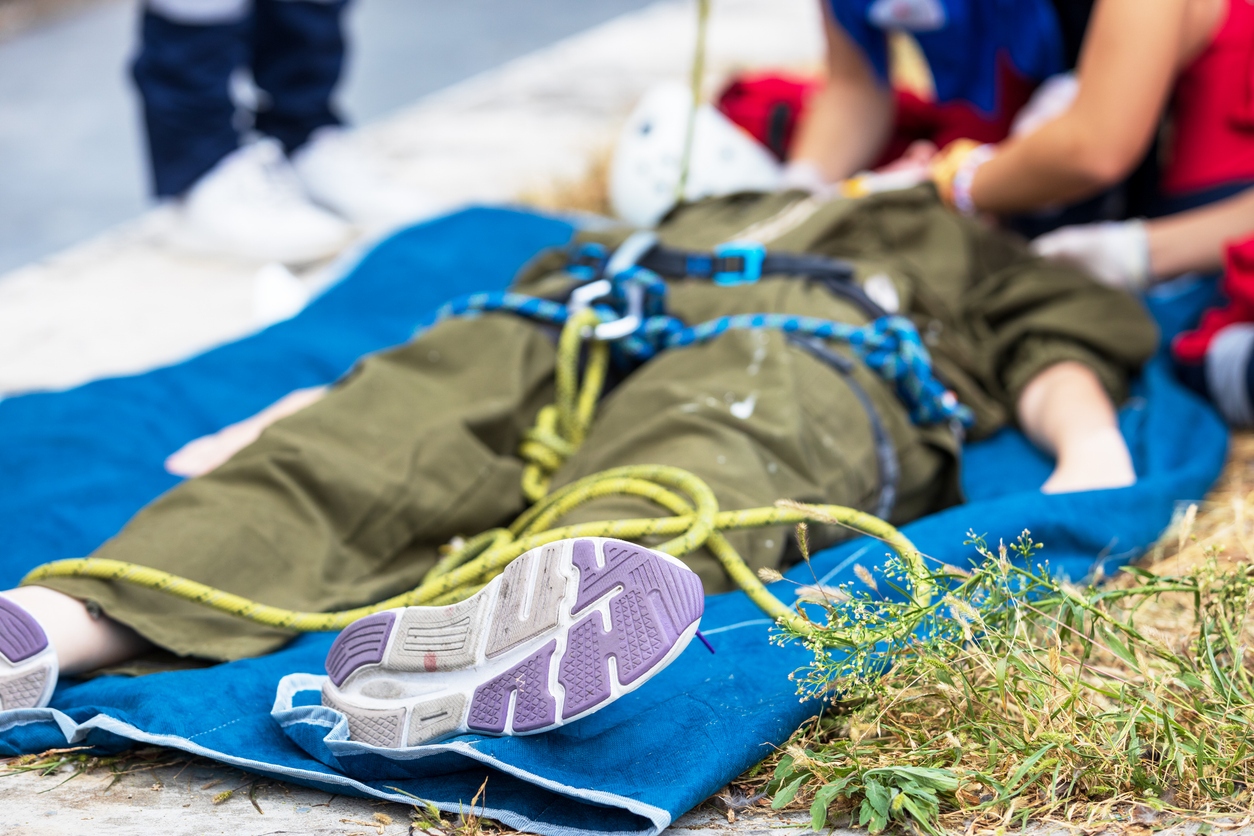
Weather-triggered emergencies such as storms, floods, and hurricanes can strike at any time of the year, but their frequency often peaks during transitional seasons like spring and autumn. These events require rope rescue standby services to maintain constant readiness. Flooding, for example, poses unique risks in confined spaces like basements or tunnels, where water levels can rise rapidly. Standby teams must be trained in swift water rescue techniques and equipped with the appropriate gear, such as water-resistant harnesses and flotation devices. Storms, on the other hand, may bring challenges like fallen debris or power outages. Rope rescue teams often collaborate with emergency response units to manage these complex scenarios. Maintaining up-to-date weather monitoring systems is crucial for predicting and responding to such events effectively.
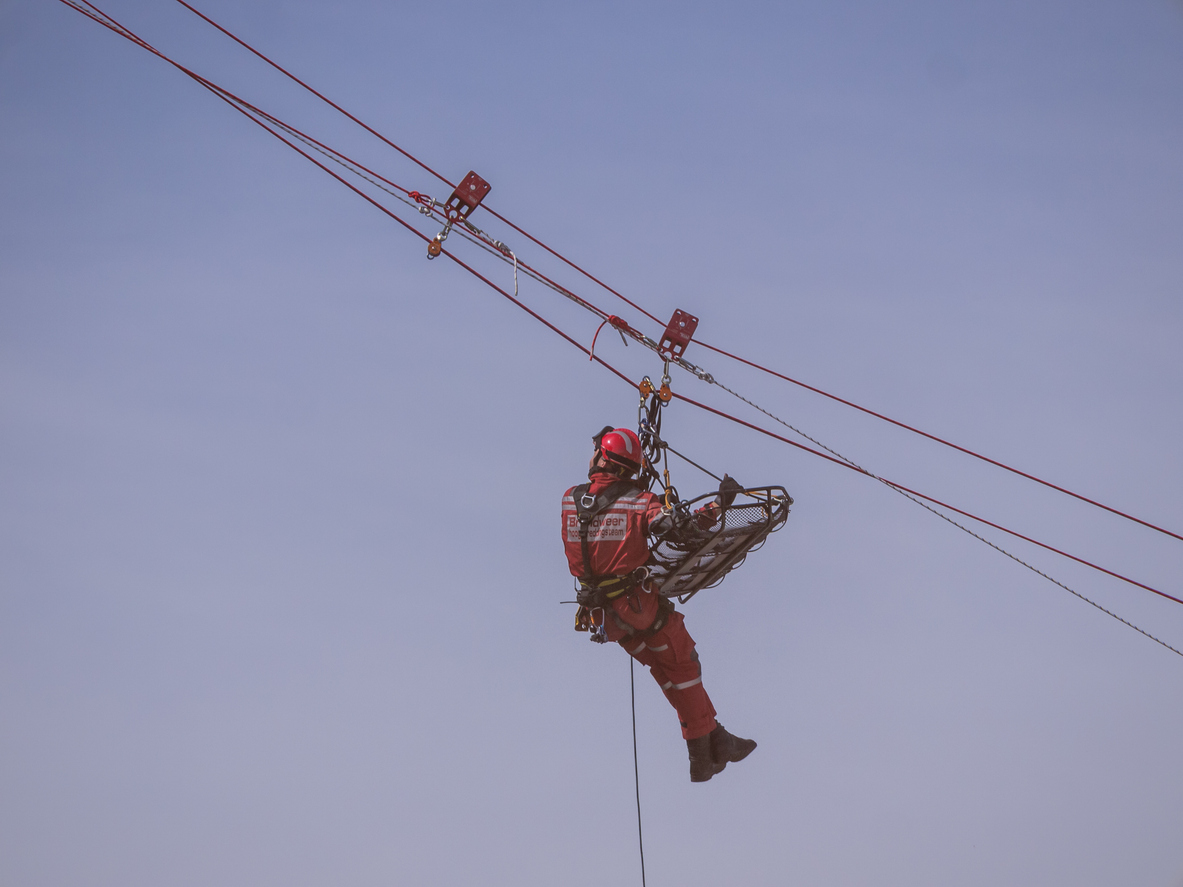
Adapting to seasonal challenges often requires modifications to rescue gear. In winter, this means using ropes and harnesses that remain flexible in freezing temperatures and incorporating anti-slip features on boots and gloves. During summer, UV-resistant ropes and breathable protective clothing help mitigate the effects of heat. Additionally, gear storage practices must account for temperature extremes to prevent degradation of materials. Rope rescue standby services often conduct seasonal audits of their equipment to ensure everything meets the demands of the environment. Regular inspections and maintenance help minimize risks associated with faulty or unsuitable gear.
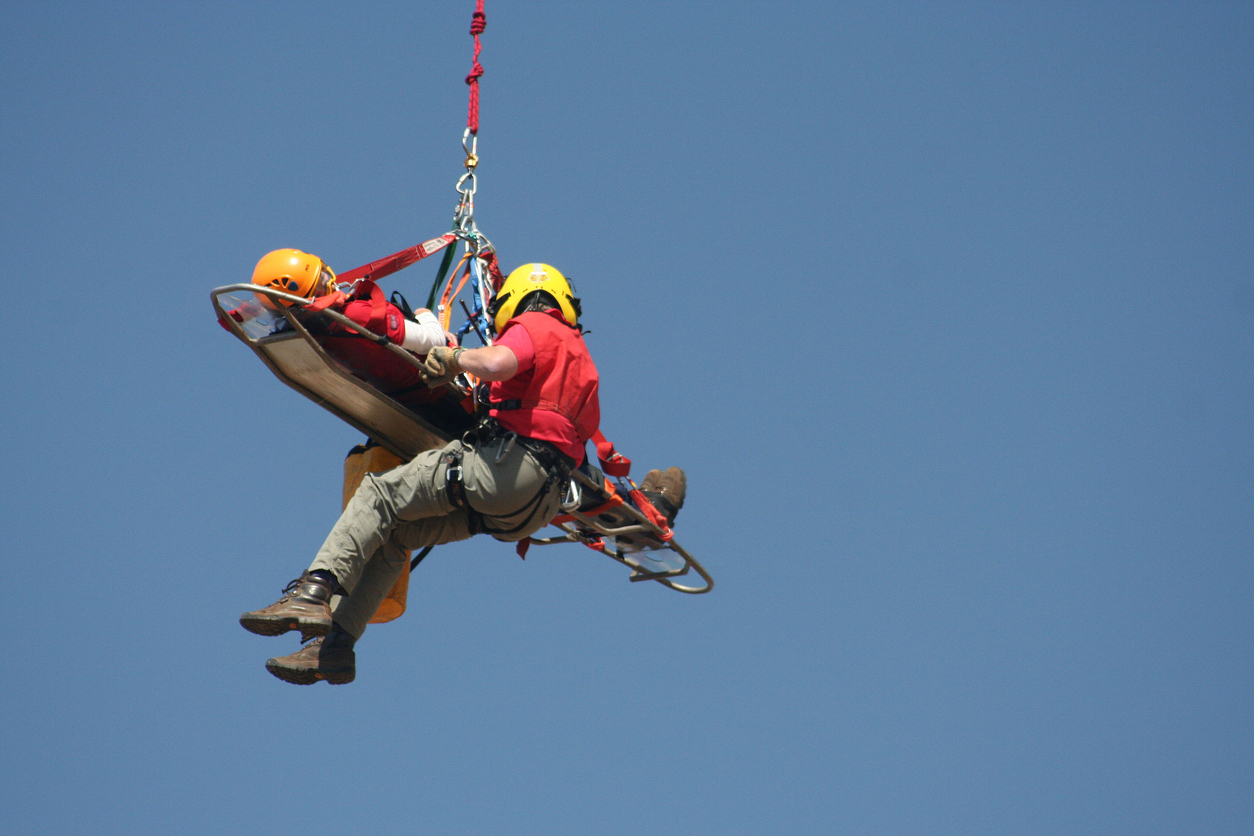
Seasonal industries, such as ski resorts in winter and construction in summer, often require rope rescue standby services to align their strategies with industry-specific risks. Collaboration between rescue teams and industry operators ensures protocols are both practical and effective. For instance, ski resorts may conduct regular avalanche drills, while construction sites may implement heat acclimatization programs for workers. Tailored solutions like these not only enhance safety but also ensure rescue teams are well-integrated into the operational flow of these industries.
Seasonal challenges demand careful planning, adaptability, and specialized expertise. Whether facing icy winter conditions, summer heat, or unpredictable weather emergencies, rope rescue standby services are essential to maintaining safety in high-risk environments. If your industry requires reliable rope rescue standby services tailored to your seasonal needs, MI Safety is here to assist. Reach out to us today to learn more about how we can support your operations and keep your team safe, no matter the season!
REQUEST INFO ON OUR COURSES


